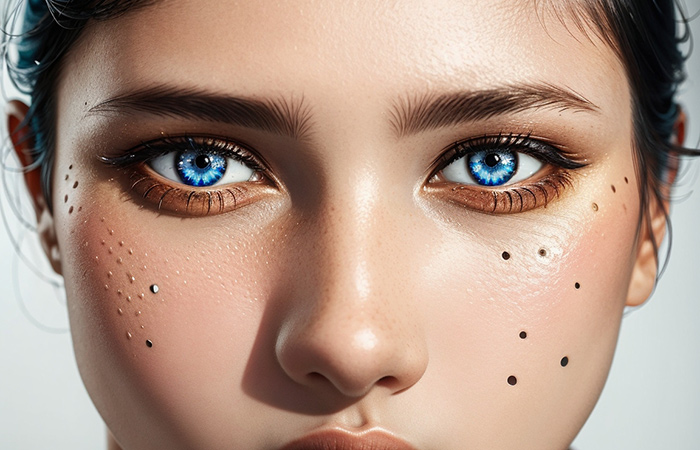
Acne is a common skin condition that affects millions of people worldwide. While most people are familiar with the traditional form of acne caused by excess sebum production and clogged pores, there is another type of acne that is less well-known but equally frustrating—fungal acne. In this article, we will explore what fungal acne is, its symptoms, causes, and available treatment options.
What is Fungal Acne?
Fungal acne, also known as pityrosporum folliculitis or malassezia folliculitis, is not actually acne in the traditional sense. It is a skin condition that mimics acne and is caused by an overgrowth of yeast called Malassezia, which naturally resides on the skin. When the balance of this yeast is disrupted, it can lead to the development of small, itchy, and acne-like bumps on the skin.
Symptoms of Fungal Acne
The symptoms of fungal acne can resemble traditional acne, but there are some key differences to look out for. Here are the common symptoms of fungal acne:
Small, uniform bumps: Fungal acne typically appears as clusters of small, red or skin-colored bumps. Unlike traditional acne, these bumps are usually of a similar size and tend to be more numerous.
Itchy or irritated skin: Fungal acne lesions can be itchy, causing discomfort and irritation. Scratching the affected area can lead to further inflammation and potential infection.
"Spaghetti and meatballs" appearance: In some cases, when the bumps are examined closely, they may appear as tiny dots surrounded by a larger, inflamed ring. This pattern is often referred to as the "spaghetti and meatballs" appearance.
Persistence despite traditional acne treatments: Fungal acne is usually unresponsive to typical acne treatments such as benzoyl peroxide or salicylic acid. If your acne does not improve with these treatments, it is worth considering the possibility of fungal acne.
Causes of Fungal Acne
Several factors can contribute to the development of fungal acne. Here are some common causes:
Humid and warm environments: Fungal acne thrives in warm, moist conditions. Activities such as sweating heavily or wearing tight clothing that doesn't allow the skin to breathe can create an environment favorable for the growth of Malassezia yeast.
Weakened immune system: A weakened immune system can make you more susceptible to fungal infections, including fungal acne. Conditions such as diabetes, HIV/AIDS, or prolonged use of immunosuppressive medications can increase the risk.
Prolonged antibiotic use: Antibiotics can disrupt the natural balance of microorganisms on the skin, including the beneficial bacteria that help keep yeast growth in check. This disruption can contribute to the overgrowth of Malassezia yeast and the development of fungal acne.
Treatment of Fungal Acne
If you suspect you have fungal acne, it is essential to consult a dermatologist for an accurate diagnosis and appropriate treatment. Here are some common treatment options for fungal acne:
Topical antifungal medications: Antifungal creams, lotions, or shampoos containing active ingredients like ketoconazole, selenium sulfide, or zinc pyrithione can effectively reduce the overgrowth of Malassezia yeast.
Oral antifungal medications: In more severe cases or when topical treatments are ineffective, oral antifungal medications may be prescribed by a dermatologist. These medications work from within to combat the fungal infection.
Lifestyle and hygiene modifications: Making certain changes in your daily routine can help prevent and manage fungal acne. These include keeping the affected areas clean and dry, avoiding tight-fitting clothing, wearing breathable fabrics, and showering after sweating or exercise.
Probiotics: Some studies suggest that taking oral or topical probiotics can help restore the natural balance of microorganisms on the skin and reduce the occurrence of fungal acne. However, further research is needed to establish their effectiveness conclusively.
In conclusion, fungal acne is a skin condition caused by an overgrowth of yeast called Malassezia. It can mimic traditional acne but requires specific treatments. If you suspect you have fungal acne, it is crucial to consult a dermatologist for an accurate diagnosis and appropriate treatment. With proper care and management, fungal acne can be effectively controlled, and the health and appearance of your skin can be restored.
Established in 2013, FamilyNeeds.net is connected to your lifestyle and everyday life. Publish reviews of your life, style, fashion and essentials.